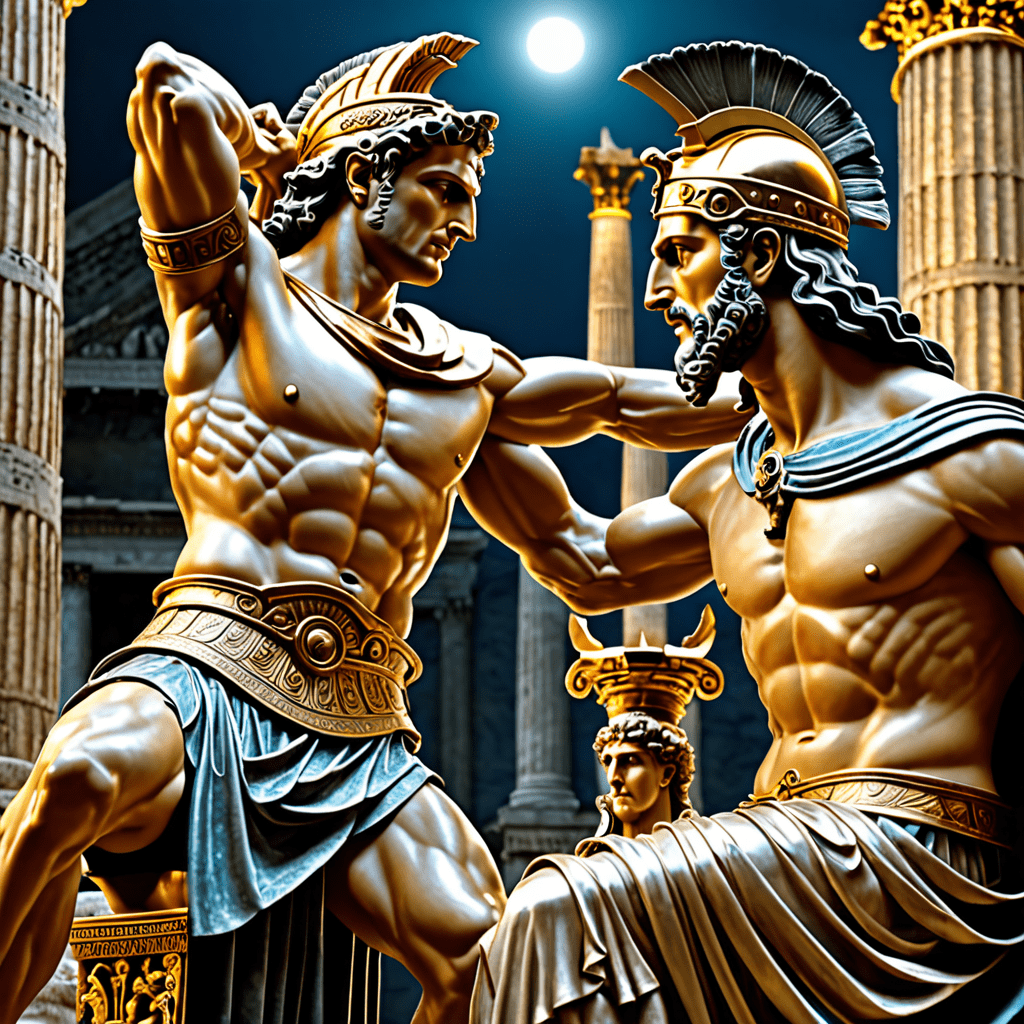The Strigoi and the Future: The Potential Evolution of the Myth
I. Introduction
The Strigoi is a figure steeped in mystique and terror, originating from Romanian folklore. Traditionally, Strigoi are considered the undead—spirits of the deceased who rise from their graves to haunt the living. This article delves into the historical context and significance of the Strigoi in Romanian culture and explores how this myth may evolve in the future.
II. The Origins of the Strigoi Myth
The Strigoi myth has deep roots in Romanian culture, dating back centuries. It embodies the fears and uncertainties of rural life, encapsulating the struggle between the living and the dead.
A. Historical roots in Romanian culture
Strigoi are believed to have originated from ancient beliefs in spirits and the afterlife. They were often associated with witchcraft and the supernatural, reflecting the community’s attempts to explain death and misfortune.
B. The characteristics and traits of Strigoi in folklore
- Strigoi are often depicted as pale, gaunt figures with long, unkempt hair.
- They are said to possess the ability to transform into animals, particularly wolves or bats.
- Strigoi can be both male and female and are usually tied to a specific family or lineage.
C. Comparison with other vampire myths globally
Similar to other vampire myths worldwide, such as the Western vampire or the Asian Jiangshi, the Strigoi shares common themes of undead beings feeding on the living. However, the Strigoi is unique in its ties to specific cultural practices and beliefs, particularly in how they relate to Romanian customs and spirituality.
III. Strigoi in Popular Culture
In recent years, the Strigoi has found its way into various forms of media, influencing perceptions and interpretations of this mythical figure.
A. Representation in literature and film
Strigoi have appeared in numerous literary works and films, often portrayed in a manner that highlights their supernatural abilities and connection to folklore. Notable examples include:
- The 2009 film “Strigoi,” which blends horror and comedy, presenting a contemporary take on the myth.
- Various novels that incorporate Strigoi as central figures, exploring themes of identity and the supernatural.
B. Impact of modern media on the perception of Strigoi
Modern media has reshaped the image of the Strigoi, often romanticizing or trivializing the myth. This shift can lead to a loss of the original cultural significance, as traditional stories are adapted for entertainment purposes.
C. Examples of contemporary adaptations and reinterpretations
From television series to graphic novels, the Strigoi has been reinterpreted in various genres, often reflecting contemporary issues such as immigration, identity crisis, and fear of the unknown.
IV. The Role of Strigoi in Modern Society
In today’s world, the Strigoi serves as more than just a figure of folklore; it has become a symbol that resonates with contemporary societal concerns.
A. Symbolism of Strigoi in contemporary issues
The Strigoi can symbolize various fears and superstitions that persist in modern society, including:
- Fear of death and the unknown.
- Societal anxieties surrounding issues such as illness and loss.
B. The Strigoi as a metaphor for societal anxieties
As a metaphor, the Strigoi encapsulates the essence of societal fears, often reflecting collective anxieties regarding change, loss of identity, and the impact of modernity.
C. Influence on local traditions and community identity
In rural areas of Romania, the belief in Strigoi still influences local traditions, festivals, and rituals, reinforcing community identity and cultural heritage.
V. The Future of the Strigoi Myth
As globalization and modernization continue to shape cultural narratives, the Strigoi myth faces potential shifts in its portrayal.
A. Potential shifts in portrayal due to globalization
Global cultural exchanges may lead to hybrid myths, where the Strigoi is integrated into broader narratives, potentially diluting its unique Romanian characteristics.
B. The impact of technology and social media on myth evolution
Social media platforms allow for rapid dissemination and reinterpretation of myths, enabling new generations to engage with the Strigoi in innovative ways, such as:
- Creating memes that satirize traditional beliefs.
- Producing web series that modernize the Strigoi story.
C. Predictions for new interpretations and narratives
Future narratives may focus on the Strigoi as a symbol of environmental change or social justice, reflecting pressing contemporary issues.
VI. Strigoi and Environmental Changes
The connection between folklore and ecological concerns is becoming increasingly relevant in today’s climate crisis.
A. Connection between folklore and ecological concerns
The Strigoi myth can be reinterpreted to address environmental issues, serving as a cautionary tale about the consequences of neglecting nature.
B. How climate change may influence myth evolution
As climate change impacts the natural world, new narratives surrounding the Strigoi may emerge, focusing on themes of nature’s wrath and the consequences of environmental degradation.
C. The Strigoi as a representation of nature’s wrath
In this context, the Strigoi can symbolize the consequences of humanity’s actions against nature, acting as a reminder of the balance between humans and the environment.
VII. Cultural Preservation vs. Modernization
As the world changes, the challenge lies in balancing cultural preservation with modernization.
A. Balancing traditional beliefs with contemporary values
Efforts to maintain the essence of the Strigoi myth while adapting it to modern sensibilities are crucial in preserving cultural heritage.
B. The role of folklore in maintaining cultural identity
Folklore plays a significant role in fostering cultural identity, allowing communities to connect with their past while navigating the present.
C. Efforts to preserve the Strigoi myth in a changing world
Various initiatives, such as cultural festivals and educational programs, aim to preserve the Strigoi myth, ensuring its relevance for future generations.
VIII. Conclusion
The Strigoi remains a significant figure in Romanian folklore, embodying fears, societal anxieties, and cultural identity. As this myth continues to evolve, it holds the potential to address contemporary issues and resonate with modern audiences. By exploring and appreciating folklore, we can ensure that the Strigoi and similar myths endure in our ever-changing world.



